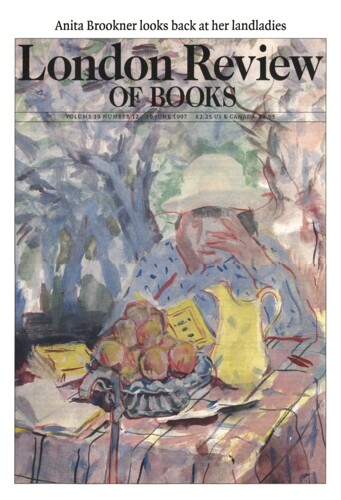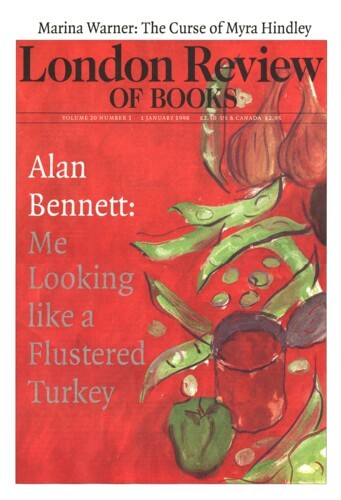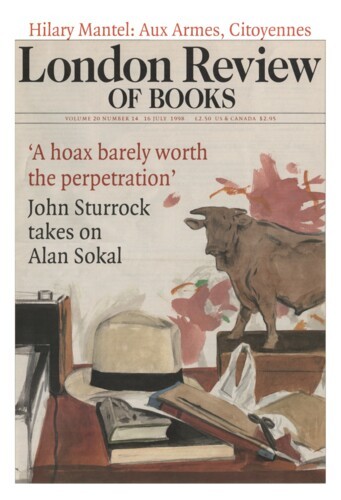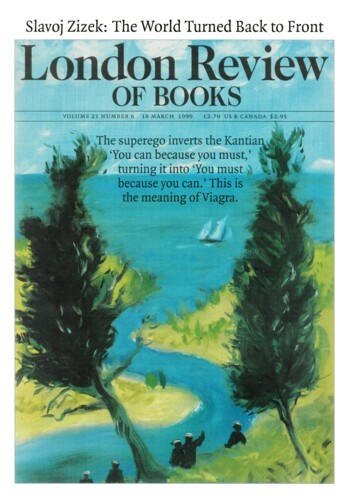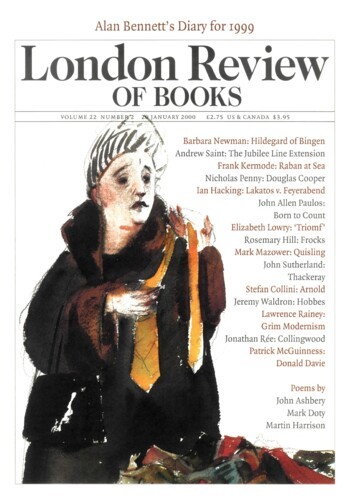How Molly Bloom Got Her Apostrophes
Lawrence Rainey, 19 June 1997
On the morning of 16 June, in city after city throughout the world, small groups of people will gather to engage in curious rituals. In New York, some fifty people will each pay $25 to breakfast on mutton kidneys and slightly burnt toast. Optional courses will include ‘nutty gizzards, a stuffed roast heart, liver slices fried with crustcrumbs’ and ‘fried hen-cod’s roe’. The kidneys will be judged by how keenly they give the palate ‘a fine tang of faintly scented urine’ or leave one feeling ‘a bit peckish’. In Sydney, two hundred people will gather in the Cathedral to hear a requiem mass for Paddy Dignam, someone who never lived, then exit by torchlight to re-stage his burial, which never took place. In Dublin, as has been the custom for some years, perhaps a hundred will go to the cemetery where Dignam wasn’t buried, there to re-stage the same funeral, which never took place. A man in a brown mackintosh will lurk in the background. And in Toronto, two hundred or so will stroll along the shore of Lake Ontario, but refer to it as Sandy-mount, then walk to a series of other sites within the city, each renamed after a locality in Dublin – all in order to reconstruct the perambulations, which were never made, of a man called Leopold Bloom, who never lived, on a day that never existed.’
